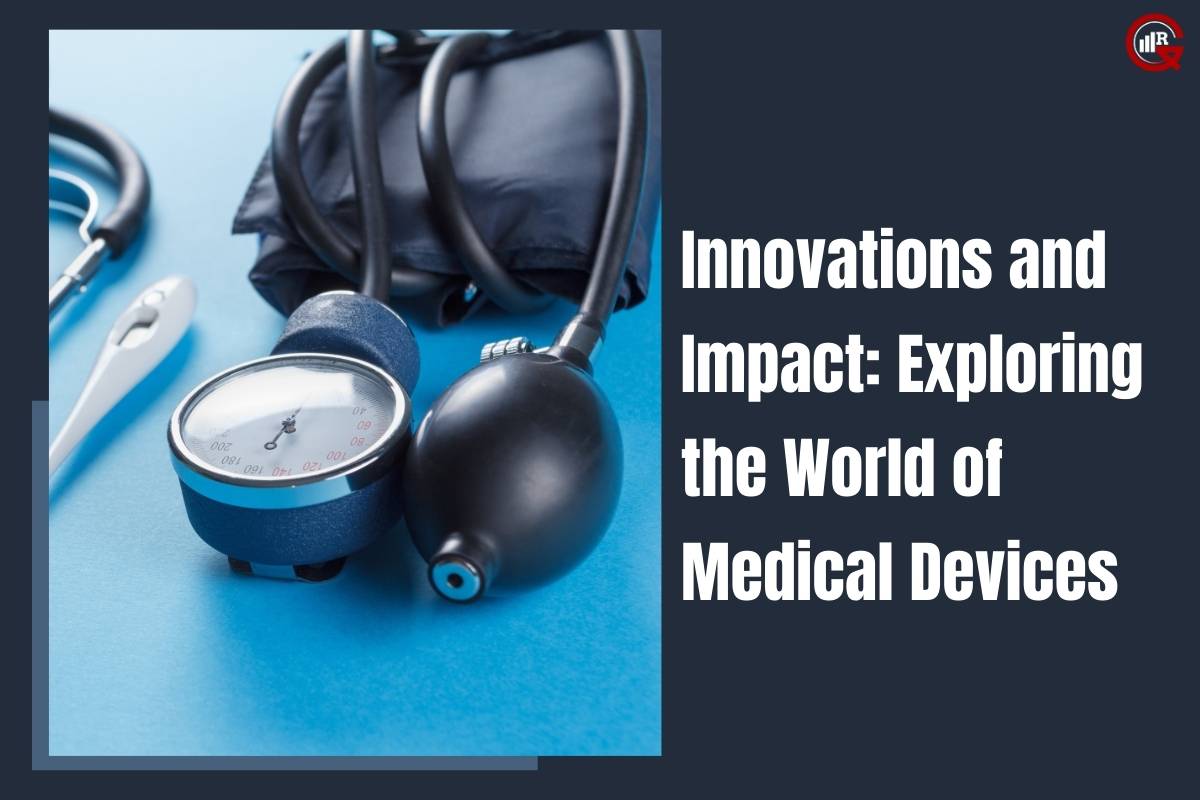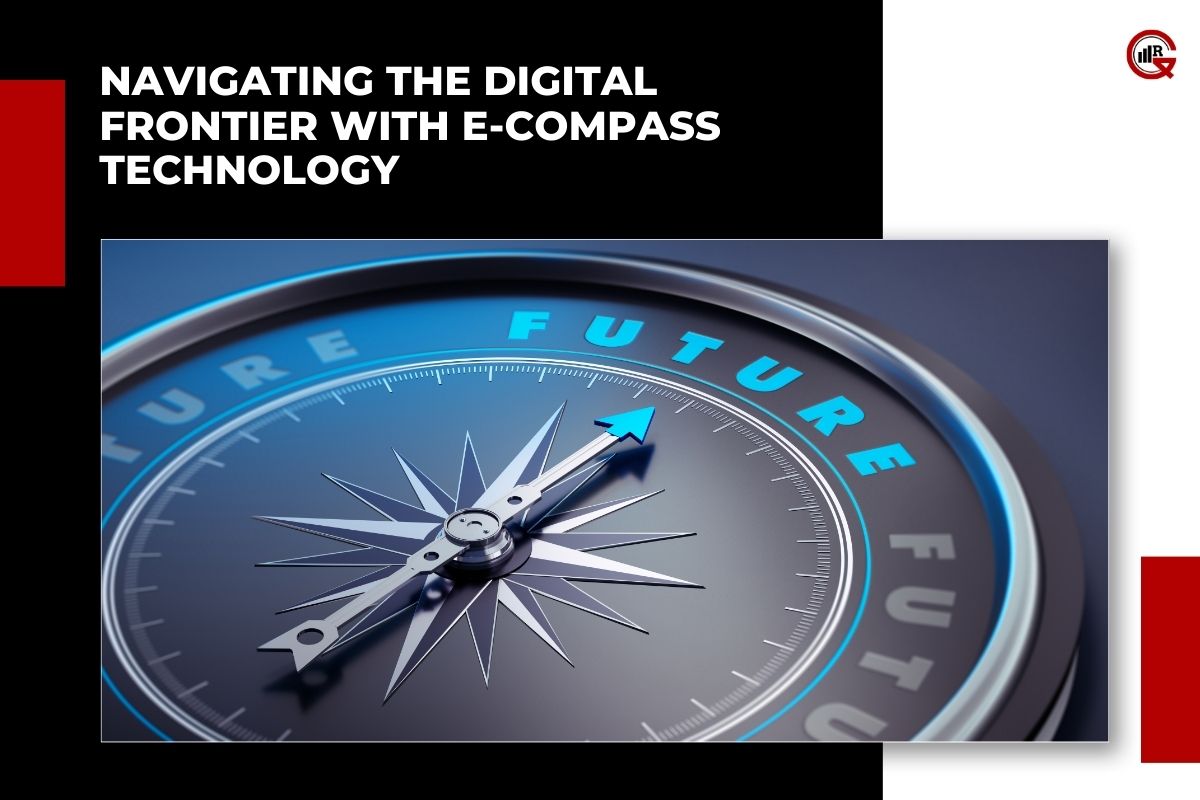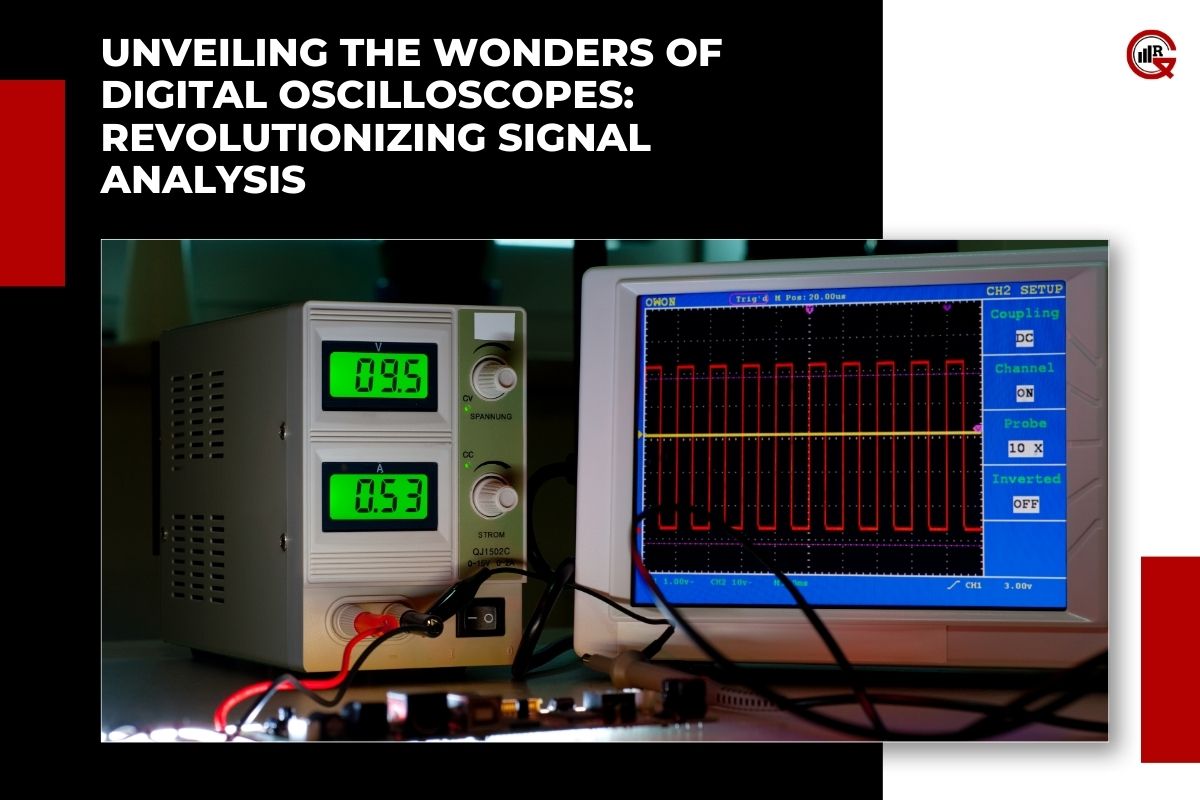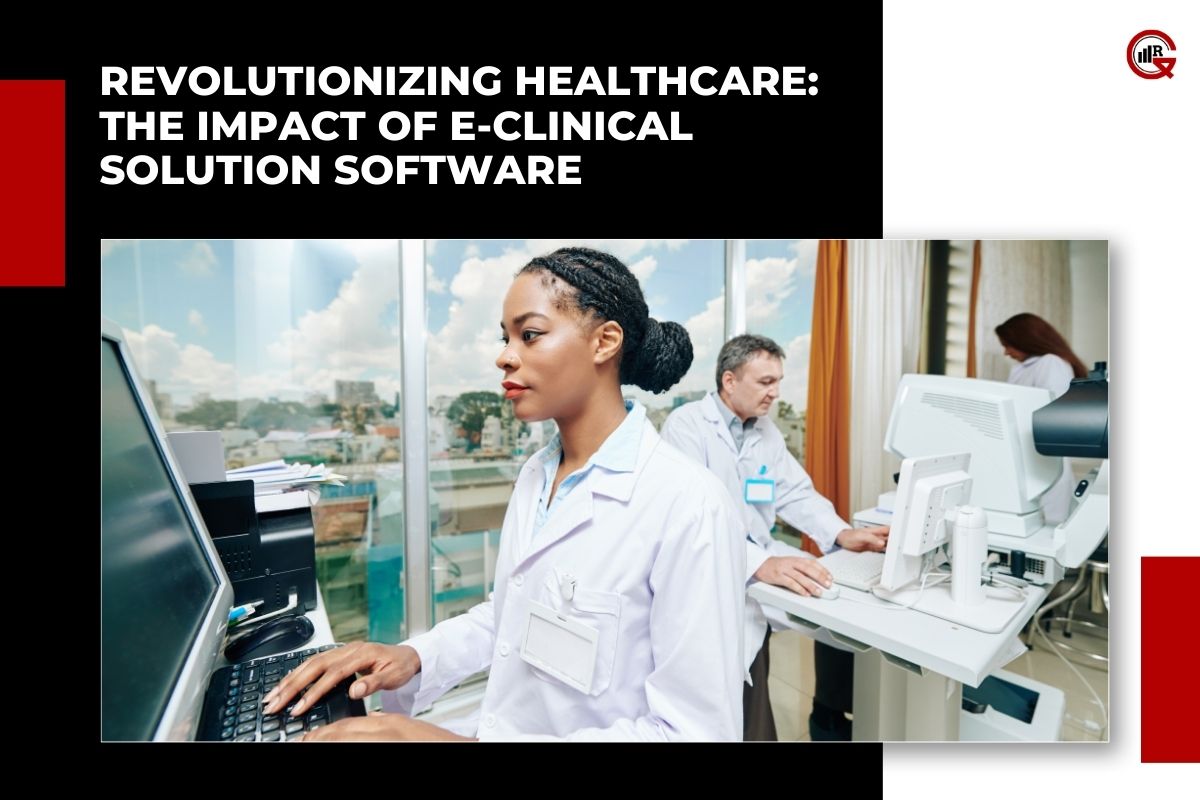Medical appliances play a pivotal role in modern healthcare, revolutionizing patient care, diagnosis, and treatment across various medical specialties. From diagnostic tools to therapeutic equipment, the realm of medical equipment encompasses a diverse array of innovative technologies aimed at improving health outcomes and enhancing quality of life. In this comprehensive exploration, we delve into the evolution, significance, and impact of medical devices in contemporary healthcare.
Evolution of Medical Equipments:
The history of medical equipment dates back centuries, with early innovations ranging from rudimentary surgical instruments to primitive prosthetics. Over time, advancements in science, technology, and engineering have propelled the development of sophisticated medical apparatus tailored to meet the complex needs of modern healthcare. From the invention of the stethoscope by René Laennec in the early 19th century to the advent of minimally invasive surgical tools and implantable devices in the 21st century, the evolution of medical devices has been marked by innovation, ingenuity, and transformative impact.
Categories for Medical Devices to Treatment:
Medical devices encompass a broad spectrum of products designed to diagnose, monitor, treat, and manage various medical conditions. These devices can be categorized into several main groups, including:
1. Diagnostic Devices:
Instruments and tools used to diagnose medical conditions, such as imaging modalities (X-ray, MRI, CT scan), diagnostic kits (blood glucose meters, pregnancy tests), and medical monitors (ECG, pulse oximeters).
2. Therapeutic Devices:
Devices designed to treat medical conditions or alleviate symptoms, including surgical instruments, drug delivery systems, prosthetic devices, and therapeutic implants (pacemakers, insulin pumps).
3. Monitoring Devices:
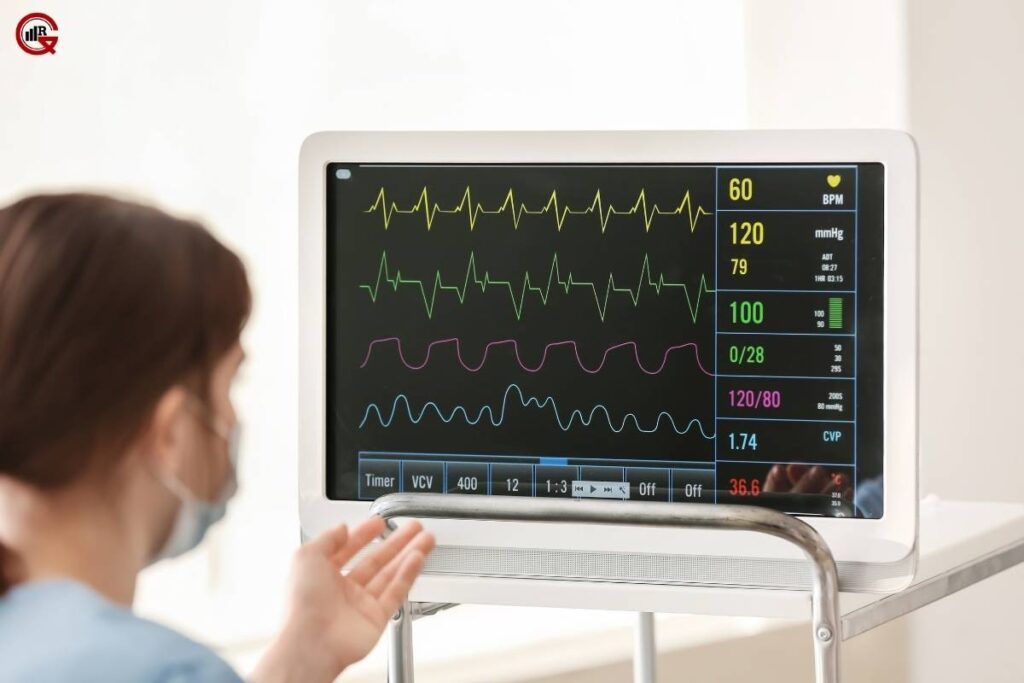
Equipment used to monitor patients’ vital signs, physiological parameters, and health status, such as blood pressure monitors, continuous glucose monitors, and wearable fitness trackers.
4. Assistive Devices:
Devices that assist individuals with disabilities or mobility impairments, including wheelchairs, hearing aids, visual aids, and orthopedic braces.
5. Surgical Instruments:
Tools and equipment utilized in surgical procedures, ranging from scalpels and forceps to laparoscopic instruments and robotic surgical systems.
Significance and Impact of Medical Apparatus:
Medical devices play a crucial role in modern healthcare by improving diagnostic accuracy, enhancing treatment efficacy, and facilitating patient care delivery. Their significance is evident across various medical specialties, from cardiology and oncology to orthopedics and neurology. Medical equipment empowers healthcare professionals with advanced tools and technologies to diagnose diseases at an early stage, perform minimally invasive procedures, and deliver personalized treatment regimens tailored to individual patient needs. Moreover, medical devices contribute to improved patient outcomes, reduced hospital stays, and enhanced quality of life for patients worldwide.
Technological Advancements and Innovation:
Advancements in technology drive innovation in the field of medical apparatus, leading to the development of cutting-edge technologies and breakthrough solutions. Key areas of technological advancement include:
1. Miniaturization and Portability:
Shrinking device size and enhancing portability enable point-of-care diagnostics, remote monitoring, and home-based healthcare delivery.
2. Wireless Connectivity:
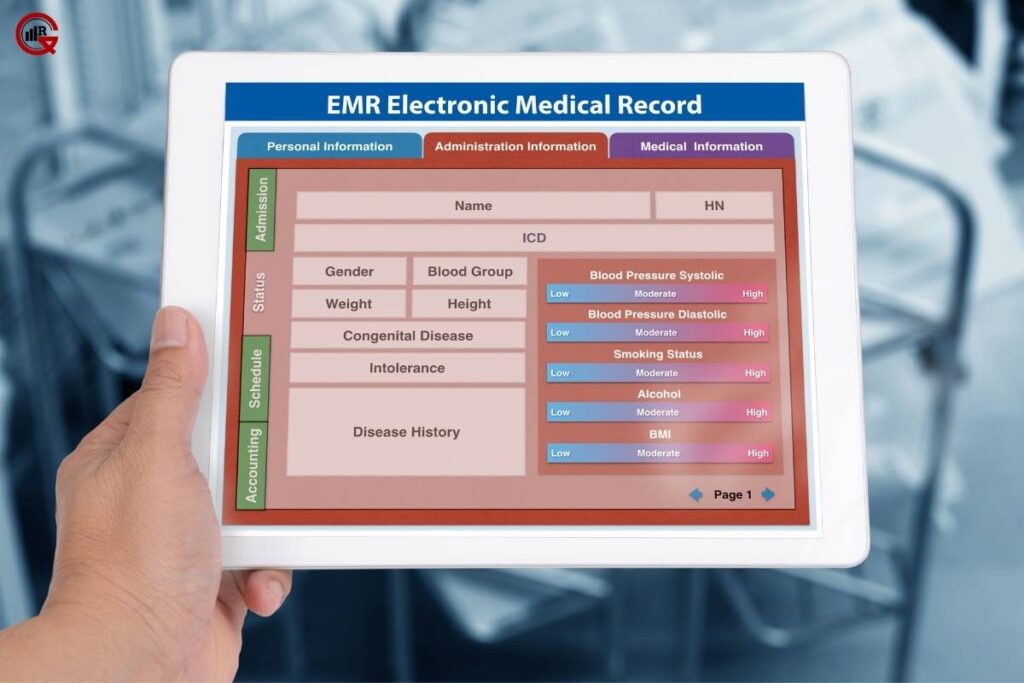
The integration of wireless communication enables seamless data transmission between medical equipment, electronic health records (EHRs), and healthcare providers, facilitating real-time monitoring and remote patient management.
3. Artificial Intelligence (AI) and Machine Learning:
AI-driven algorithms enhance diagnostic accuracy, predictive modeling, and personalized treatment planning, revolutionizing healthcare delivery and clinical decision-making.
4. 3D Printing and Additive Manufacturing:
The utilization of 3D printing technology enables the fabrication of customized implants, prosthetics, and medical devices tailored to individual patient anatomy, improving treatment outcomes and patient satisfaction.
5. Nanotechnology:
The application of nanotechnology in medical equipment enables targeted drug delivery, tissue engineering, and early disease detection, paving the way for innovative therapeutic solutions and personalized medicine approaches.
Regulatory Framework and Safety Standards:
The development and commercialization of medical apparatus are governed by stringent regulatory frameworks and safety standards to ensure patient safety, efficacy, and quality. Regulatory bodies, such as the Food and Drug Administration (FDA) in the United States and the European Medicines Agency (EMA) in the European Union, oversee the approval process for medical apparatus, assessing their safety, effectiveness, and performance through premarket evaluation and postmarket surveillance. Compliance with regulatory requirements and adherence to international standards, such as ISO 13485 and IEC 60601, are essential to ensure the quality, reliability, and regulatory compliance of medical devices.
Challenges and Future Directions:
Despite their transformative impact, medical devices face several challenges, including cost constraints, reimbursement issues, regulatory complexities, and cybersecurity risks. Moreover, disparities in access to advanced medical technologies and healthcare infrastructure pose barriers to global healthcare equity and accessibility. Addressing these challenges requires collaboration among stakeholders, including policymakers, healthcare providers, industry leaders, and patient advocacy groups, to foster innovation, promote affordability, and expand access to essential medical equipment worldwide.
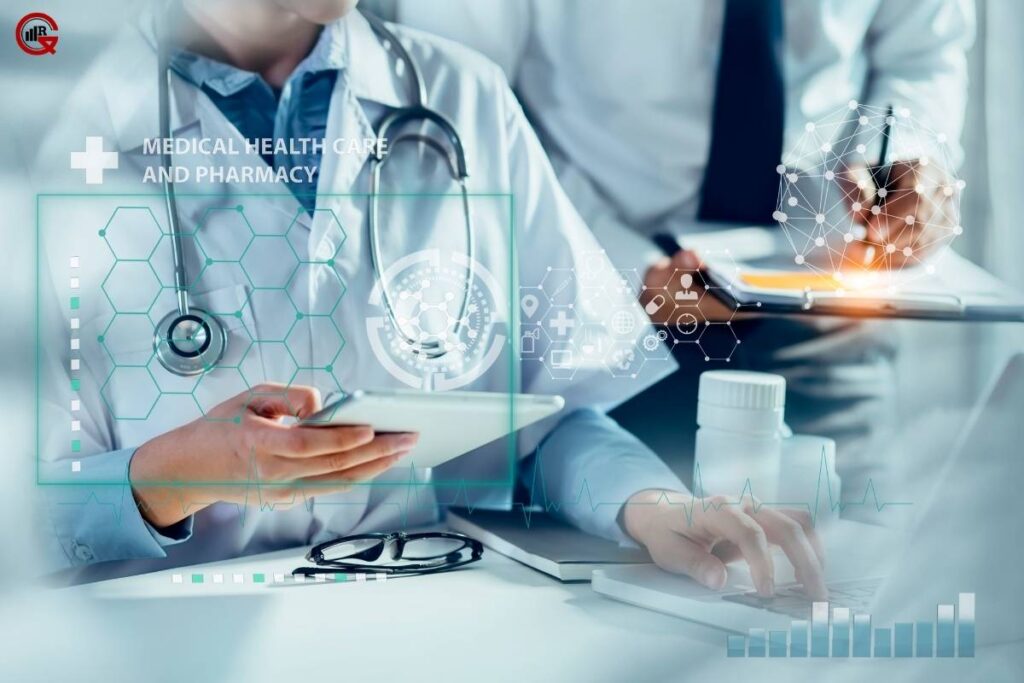
Looking ahead, the future of medical devices holds promise for continued innovation, technological advancement, and transformative impact on healthcare delivery. Emerging trends, such as digital health solutions, wearable devices, and personalized medicine, are poised to reshape the landscape of medical device innovation, driving improvements in patient care, clinical outcomes, and population health. By leveraging the power of technology, collaboration, and innovation, medical equipment will continue to play a central role in advancing the frontiers of modern medicine and improving the lives of patients around the globe.
Conclusion:
In conclusion, medical devices represent a cornerstone of modern healthcare, enabling clinicians to diagnose, treat, and manage a wide range of medical conditions with precision and efficacy. From diagnostic imaging systems and therapeutic implants to wearable sensors and robotic surgical systems, medical apparatus embody the convergence of technology, innovation, and patient-centered care. As we navigate the complexities of 21st-century healthcare, the role of medical devices in driving progress, innovation, and improved patient outcomes remains indispensable, shaping the future of healthcare delivery and transforming lives across the globe.

